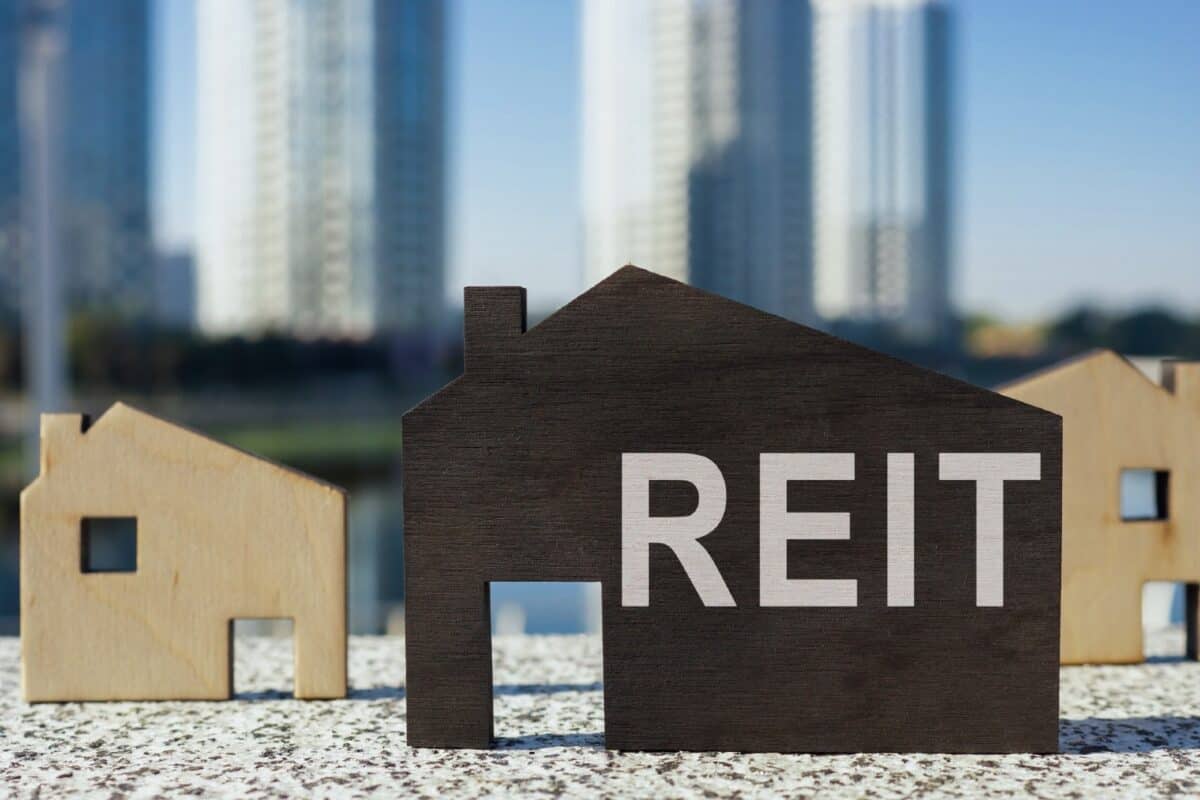If I want a piece of the best passive income on the planet, the place to look might be the real estate sector.
After all, that’s where landlords reap monthly rent payments from willing tenants. And the landlords get to pay their own bills without actively doing anything.
But what if I could get a slice of the pie without having to fork out a huge chunk of cash to buy a property to rent out? That’s where Realty Income Corp (NYSE:O) comes in.
Passive income stocks: our picks
Do you like the idea of dividend income?
The prospect of investing in a company just once, then sitting back and watching as it potentially pays a dividend out over and over?
If you’re excited by the thought of regular passive income payments, as well as the potential for significant growth on your initial investment…
Then we think you’ll want to see this report inside Motley Fool Share Advisor — ‘5 Essential Stocks For Passive Income Seekers’.
What’s more, today we’re giving away one of these stock picks, absolutely free!
Please note that tax treatment depends on the individual circumstances of each client and may be subject to change in future. The content in this article is provided for information purposes only. It is not intended to be, neither does it constitute, any form of tax advice.
Building income
The business owns and manages over 6,000 properties, mainly from the US and the UK. It focuses on renting properties to businesses under long-term agreements.
It earns its money by collecting rent from tenants, but the tenants also agree to pay property costs like taxes, maintenance, and insurance.
The company is in such high public esteem for strong dividends that it is known as ‘The Monthly Dividend Company’. It got this name from consistently giving a part of its earnings back to investors every month.
What’s great about the business is that it has tenants from all sorts of industries. So, it’s relatively protected from any financial downturns that occur in specific sectors.
Also, it has a knack for selling less profitable properties and buying better ones. So, it’s constantly improving its portfolio over time, helping the stock price to rise.
In the future, the company plans to expand its portfolio into Europe. I think that’s great. Geographic diversification can work wonders for protecting shareholders from risks in certain economies.
Worthy dividends
To understand the long-term value of being a Realty Income shareholder, it’s important that I grasp two key elements. The first is the dividend history, and the second is how the stock price has held up over time.
Realty Income has made no dividend reductions since 1999, and its median dividend yield over the past 10 years is 4.6%. Compare that to the 5.8% today, and I can start to see how I’m on to a dividend winner.
Additionally, as the stock price has a tendency to rise over time, if I bought the shares five years ago, I’d be reaping 6.7% a year in dividends at the moment. That’s because the yield applies to the market price, not what I initially paid.
And, over the past 10 years, Realty Income has grown 29% in price. What’s more, since 1994, it has grown by 583%.
The recession risk
As with every investment, Realty Income comes with a set of risks. However, its main ones relate to the fact it is an REIT, which is short for real estate investment trust.
For example, REITs are not recession-resistant, unlike companies that work in healthcare and utilities. If something happens in one of its core markets, particularly the US, that could affect the financial health of its tenants across the board.
In a higher interest rate environment, the cost of borrowing increases, and businesses usually have less to spend on rent, sometimes even closing offices. That is certain to impact Realty Income’s business negatively, potentially reducing the dividend in severe cases.
One of the best
Realty Income is known on Wall Street as one of the best dividend-paying investments in the world. With such a strong exposure to Western real estate, I’m considering becoming a shareholder myself.








